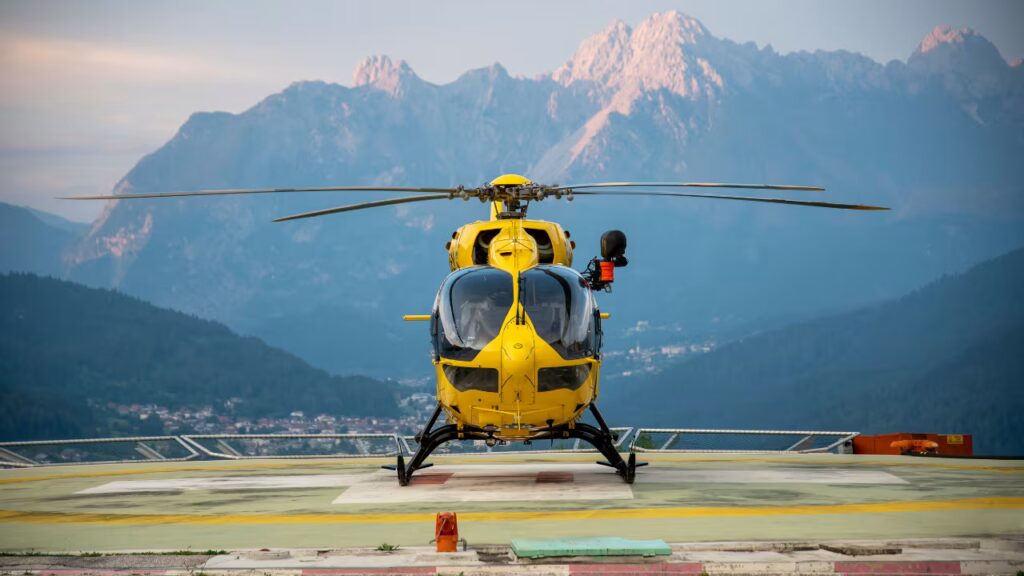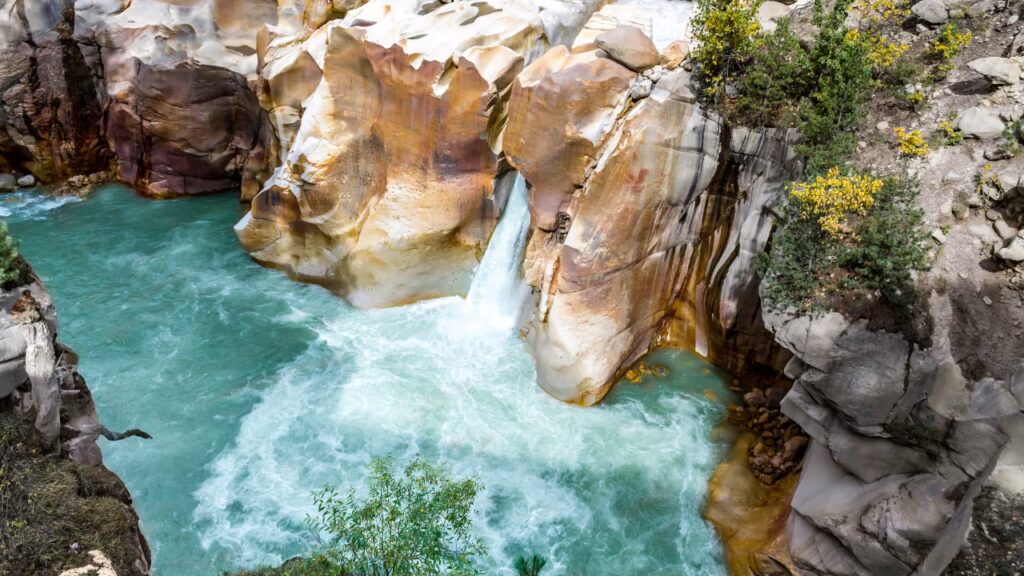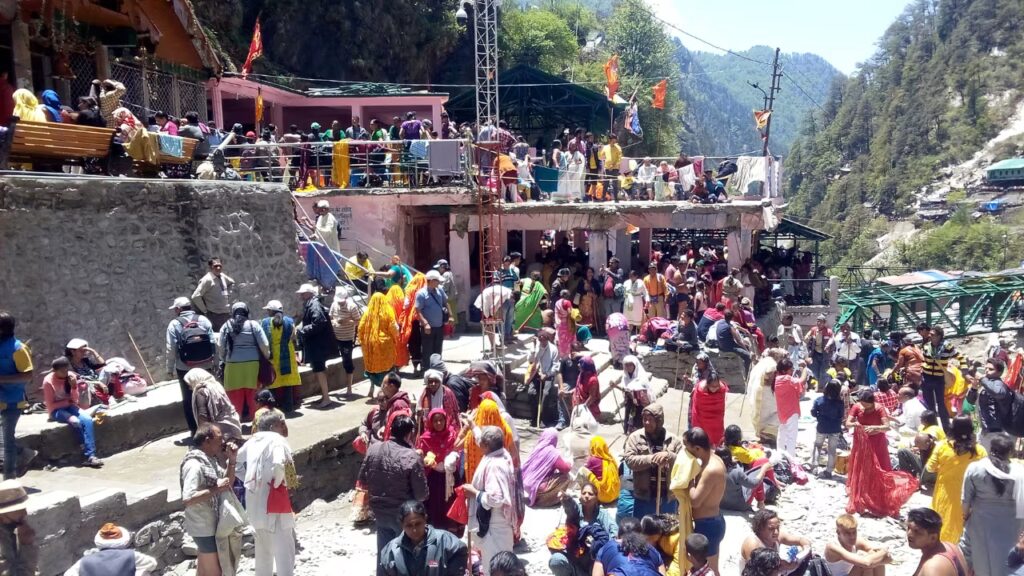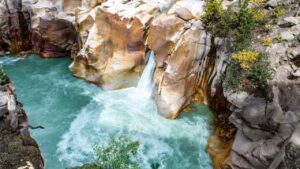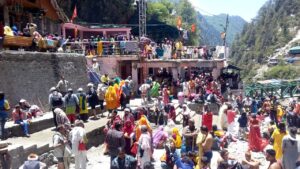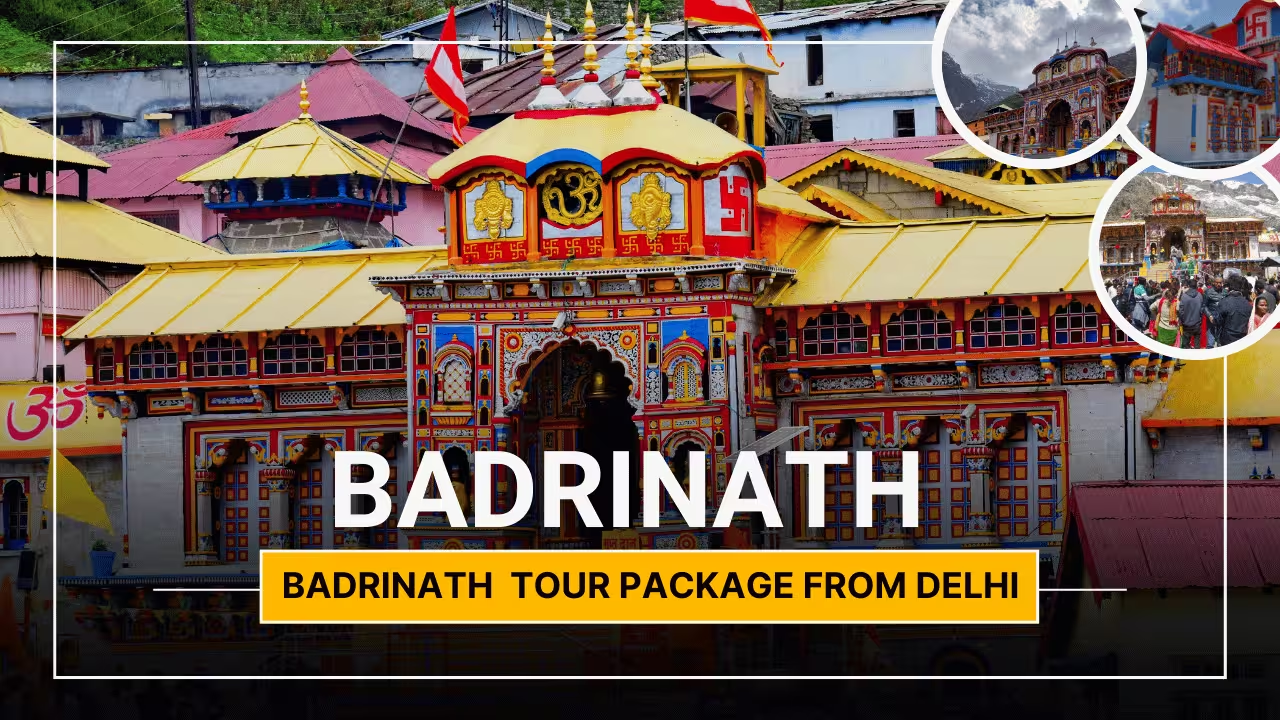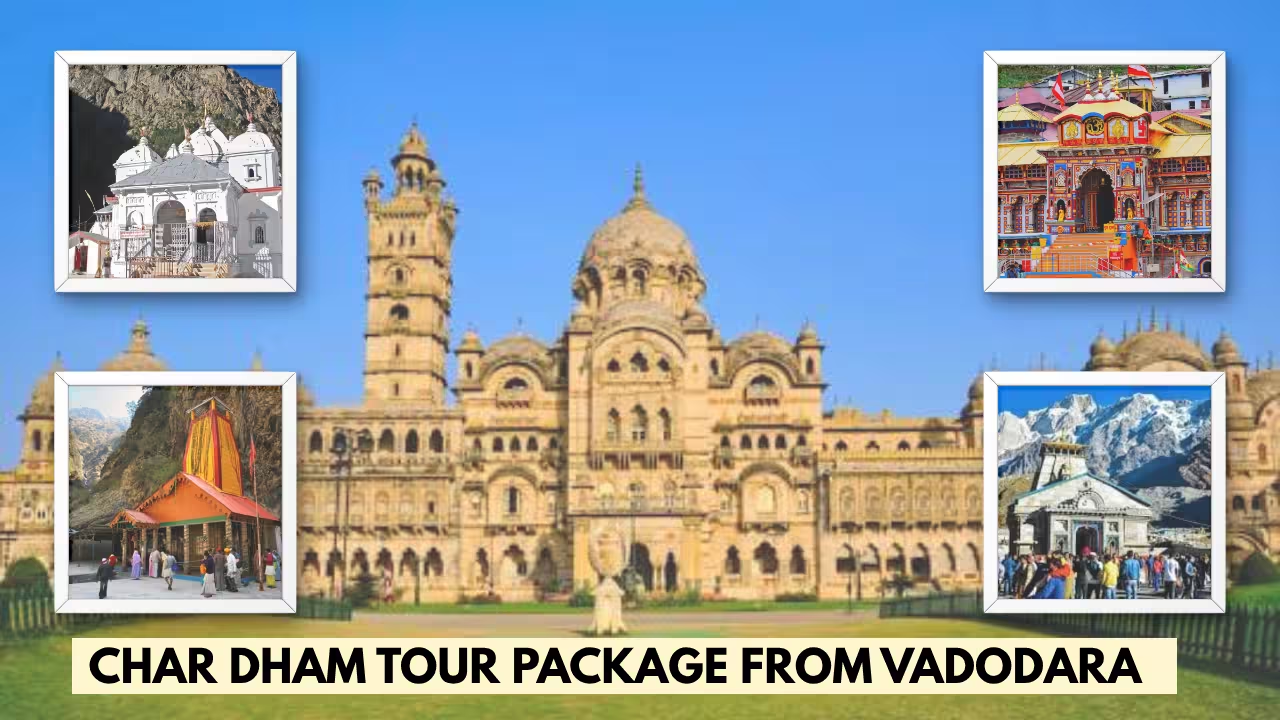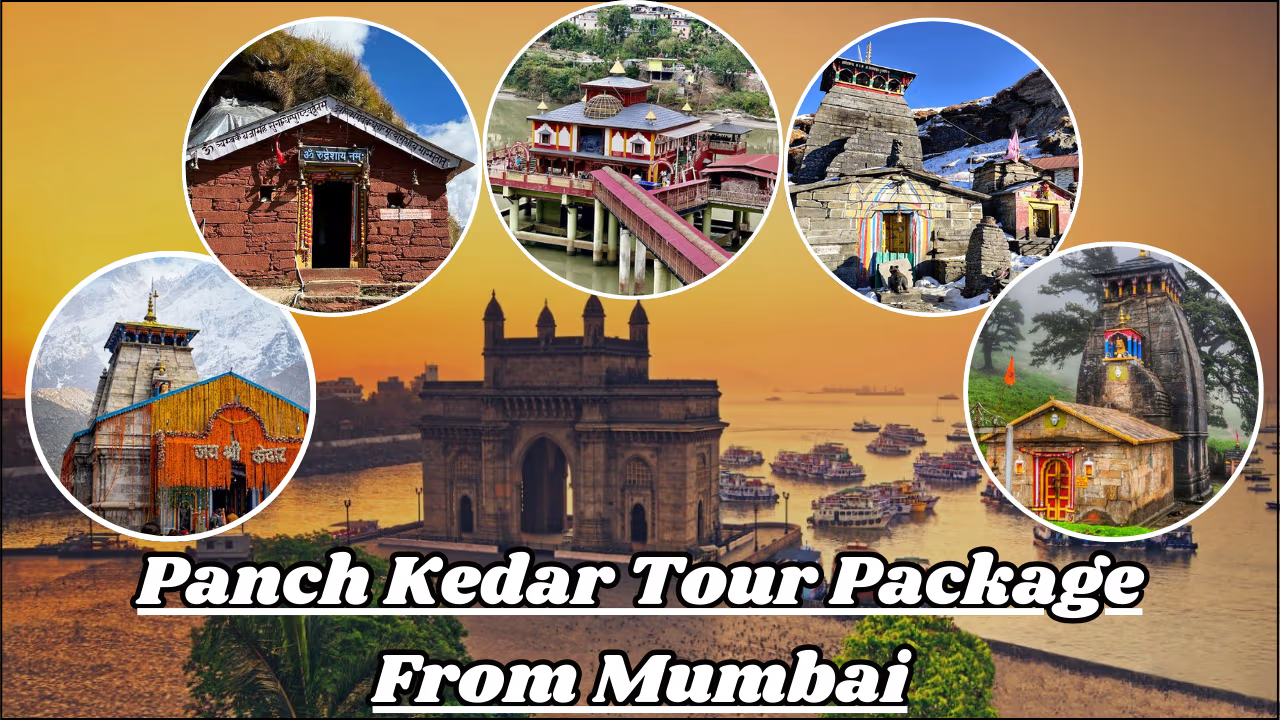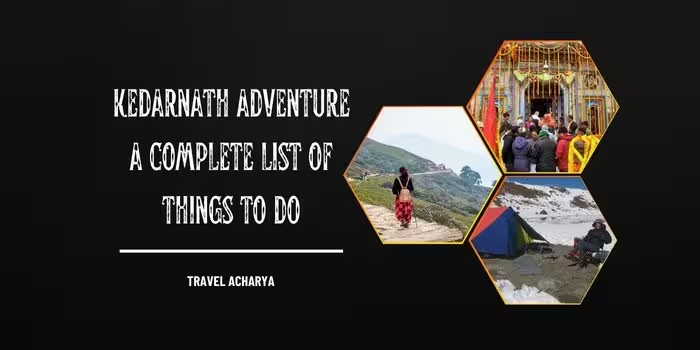Intermediate Destinations of Your Gangotri Yamunotri Yatra By Helicopter
- Harsil
Helipads
- Sahastradhara Helipad
- Kharsali Helipad
- Harsil Helipad
Benefits of Going on Gangotri Yamunotri Yatra By Helicopter
Among the four Char Dhams of Uttarakhand, the Gangotri and Yamunotri are the two origin sources of the two rivers, Ganga and Yamuna, respectively. Being located in a high-altitude mountainous region, they give access to panoramic and mesmerizing vistas of several ranges and peaks.
- The trek to both of the sacred Dhams can be traveled via various modes. However, a helicopter ride to the temples serves as a lifetime memory.
- Reaching the destination using this air mode, you’ll be rewarded with immense joy such as:
Witnessing the raw and pristine beauty of sky-high, picturesque Himalayan mountains and ranges. - It would even help you to understand the diverse nature existing in India, following the rivers, vegetation, flora, and fauna in similar vicinities.
- The helicopter ride saves your precious time as well. it makes you visit both temples in a single day.
- It doesn’t make you feel stressed about any rush or pushes and shoves in the queue.
- The ride also ensures a safe and soul-enriching trip to the temple complexes and lessens the physical exertion that you might have to bear.
Testimonials About Gangotri Yamunotri Yatra
Reviews Video 1
Reviews Video 2
To Check More Reviews Videos Follow Our YouTube Channel – https://www.youtube.com/channel/UC2WaXUsyBRqGx7uwcRTppSQ
Who Should Choose the Same Day Gangotri Yamunotri Yatra?
The yatra to both of the Dhams is considered a little challenging and risky. The two of them are 226 km apart and seem almost unlikely to complete this circuit in a single day. However, some people are engaged in such professions and businesses that can’t be left behind for too long. They are most likely to accomplish this spiritual journey within a time limit.
- Given the toughness, the people who should embark on this journey:
- Must be physically fit and have the stamina to finish it without any rest or maybe sleep.
- Must avail themselves of this quick helicopter tour of both the temples in time.
- One who has a pre-planned itinerary to be able to avoid any inflexible or sudden trouble.
- It’s also needed to make sure that you don’t visit them in the peak period as the crowd gets heavy and the time for the darshans gets extended.
Activities You Can Do in Gangotri Yamunotri Yatra:
This is a very adventurous route and one can experience a lot of thrill and fun activities while traveling to the main shrines.
- Gangotri temple, devoted to Goddess Ganga is the major attraction in the township of the Gangotri. Apart from it, there are multiple treks you can take part in. There also are mountainous agencies that offer Hiking and trekking with different equipment.
- Treks to Gaumukh, Surya Kund, Kedar Tal, and Kalindi Khal are also accessible from the town. At a minor distance, the Gangotri National Park gives a deep insight into the endangered flora and fauna.
- In the Uttarkashi district, Yamunotri town unfolds the birthplace of Goddess Yamuna. Other than the Yamunotri temple, there are other places to visit and activities to do in the town.
- The most loveable tourist attractions in this quaint town of Yamunotri are Kharsali, Saptarishi Kund, Janki Chatti, Hanuman Chatti, and Divya Shila.
Ganga Ji and It’s Important Tributaries:
Ganga is the most sacred river of all time. Originating from the Gaumukh glacier, the river is initially known as Bhagirathi. It becomes Ganga only when it meets the Alaknanda River at Devprayag. It has always worked significantly for the people living in the settlements along its bank. From both mythological and historical perspectives, it encompasses a great extent of importance.
The river basin of the Ganga is around 1,086,000km² and flows through the 2,525 km area of India. The river also acts as the country boundary line between India And Bangladesh. Many rivers join the Ganga at different confluences or points and turn into its tributaries. Some of the most important tributaries of the river are: Yamuna, Ramganga, Kali, Gandak, Gaghra, Dhauliganga, Son, etc.
Importance of Gangotri Yatra:
In the cluster of the Four most sacred and revered shrines, devoted to the most worshipped deities in Hinduism, is Situated in Uttarakhand, Gangotri stands 1st. According to the various religious texts and what Dharma says, this journey to Chota Char Dham is supposed to be very spiritual and offers a sense of sanctification.
Many devotees embark on this pilgrimage in search of peace and many because of their devotion and faith towards the Maa Ganga. The Gangotri Dham is the abode of the river Ganga. It’s the same place where she descended into the land from the deadlocks of the mighty Lord Shiva, as mentioned in the scriptures also.
It is also believed that a single dip into the divine water of Ganga rinses off all the evil deeds and disgraces. Which are made by an individual in his life and provide the Moksh in the aftermath.
Importance of Yamunotri Yatra:
Yamuna, the largest tributary of Ganga, originates in the Champasar glacier on the Kalikand mountain. Yamuna ji is the 2nd most worshipped river after Ganga and meets it at the Allahabad Confluence.
The Yamunotri Dham is the seat where the said river is honored and praised by her devotees. Every year lakhs of followers come here to seek darshans in the shrine. Under Hindu mythology, Yamuna is regarded as the daughter of Surya Deva and the sister of Yamraj. Hindus believe that bathing in this river will cure all your ailments and diseases.
The idol in the temple is black color, which depicts her personality magnificently.
Role of Ganga Ji in Hindu Rituals and Ceremonies:
The river Ganga is treated as a Personification of the Goddess Ganga. Hindus have been worshipping her since immemorial times.
In every household, Hindus store Gangajal to cleanse their residence and any property so that no negative energies can harm them. It also signifies that bathing on certain festivals or during auspicious times is very beneficial for the inner soul. As it catapults a higher level of virtuousness.
We often use the Ganga Jal while performing ceremonies, sermons, or worship. It is said that the holy water of the Ganga helps in attaining salvation and offering forgiveness. In Hinduism, no ritual or Pooja is finished without Ganga Jal.
Other Packages By Us

